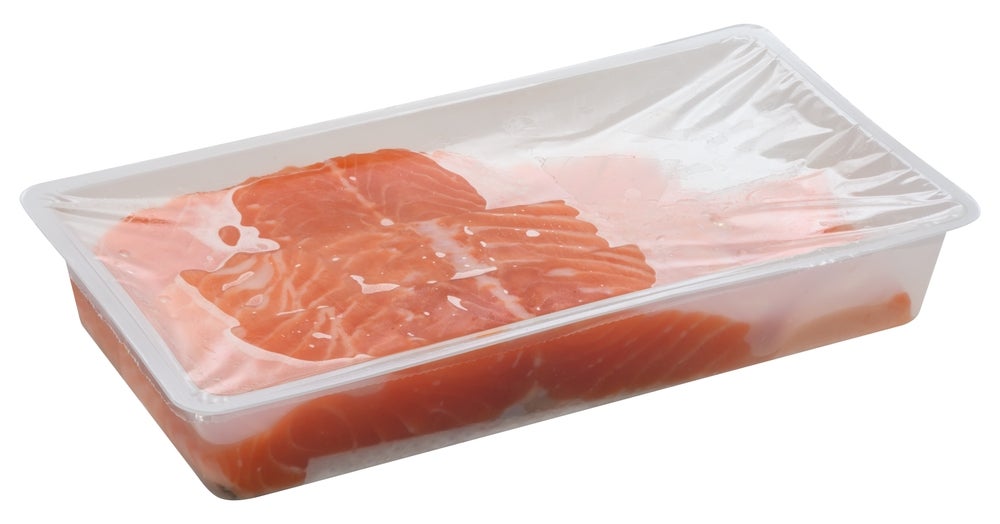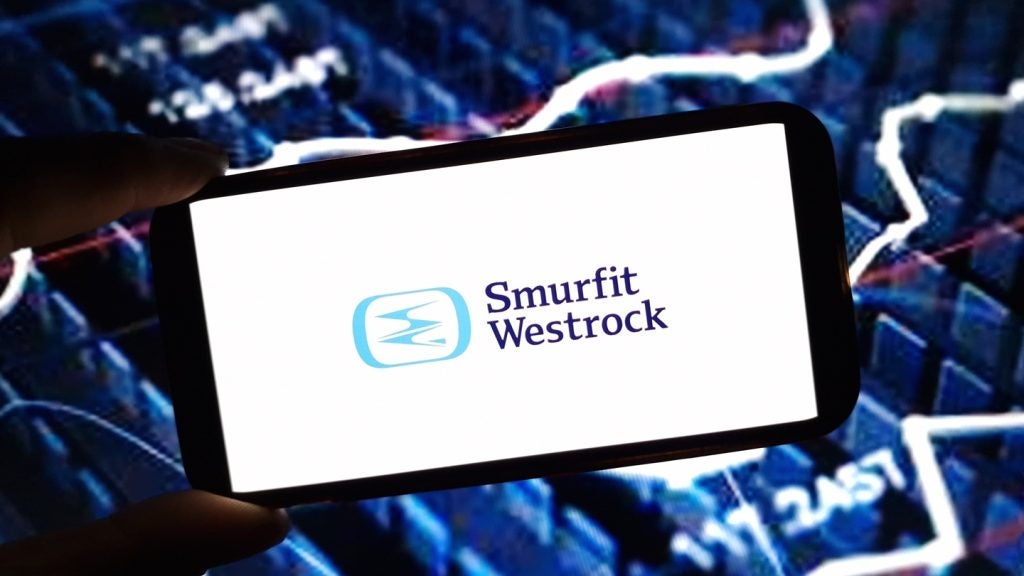Food packaging is a cornerstone of modern supply chains, ensuring that products reach consumers safely and in optimal condition. Among the most versatile solutions are packaging films—thin, flexible materials that protect, preserve, and present food effectively.
This article explores the range of food packaging films, their applications across different food types, and the emerging trends shaping their future.
Understanding food packaging films
Packaging films are thin layers of material used to wrap or encase food items, shielding them from moisture, oxygen, light, and contaminants. They play a crucial role in:
- Preserving freshness by slowing spoilage.
- Protecting products from damage during transport and storage.
- Offering convenience for both manufacturers and consumers.
- Supporting branding with print and design options.
These films can be made from conventional plastics, biodegradable alternatives, or even edible substances, making them adaptable to virtually every type of food—from fresh produce to snacks and ready meals.
Types of films for different foods
Different foods require different packaging solutions. Selecting the right film depends on factors such as moisture content, perishability, and storage conditions.
Plastic films
Plastic films remain the most widely used option, offering durability and barrier protection. Common types include:
- Polyethylene (PE) – Flexible and moisture-resistant, ideal for bakery items and fresh produce.
- Polypropylene (PP) – Clear and grease-resistant, suitable for processed foods and snacks.
- Polyethylene Terephthalate (PET) – High oxygen and moisture barrier, perfect for perishable products like meat and fish.
Biodegradable and edible films
Eco-conscious brands are turning to biodegradable films made from starch, cellulose, or plant-based polymers. These materials decompose naturally, reducing environmental impact.
Edible films, made from proteins or polysaccharides, can even be consumed with the food, offering a novel approach for fresh produce, confectionery, or snack coatings.
Metallised films
Metallised films combine a plastic base with a thin metallic coating, typically aluminium. They provide excellent protection against light, oxygen, and moisture, making them ideal for snacks, coffee, and confectionery products.
Benefits across food types
Packaging films deliver a range of advantages across different categories:
- Fresh foods – Films prevent moisture loss and contamination while extending shelf life.
- Processed foods – Barrier properties protect flavours, textures, and nutrients.
- Snacks and confectionery – Metallised films and clear plastics enhance presentation and maintain crispness.
- Frozen foods – Durable films resist tearing and freezer burn.
Across all food types, films offer lightweight, cost-effective solutions that improve convenience and help brands stand out through customisable designs.
Sustainability and future trends
The food packaging sector is increasingly focused on sustainability. Key trends include:
- Recyclable materials such as recycled PET (rPET) to reduce plastic waste.
- Minimalist packaging that uses less material while maintaining protection.
- Smart packaging with freshness indicators, QR codes, and traceability features.
- Regulatory compliance driving innovation in eco-friendly films worldwide.
As consumers demand greener options, packaging films are evolving to balance functionality with environmental responsibility.
The takeaway
Packaging films are essential for protecting, preserving, and presenting every type of food.
From plastic and metallised films to biodegradable and edible options, they cater to a wide range of products while meeting modern demands for sustainability and convenience.
Understanding the types, benefits, and trends in food packaging films allows brands and consumers to make informed choices that safeguard both food quality and the environment.
















